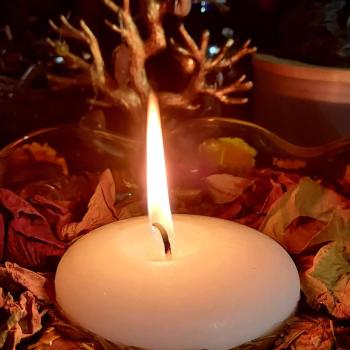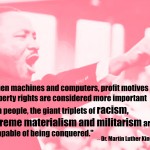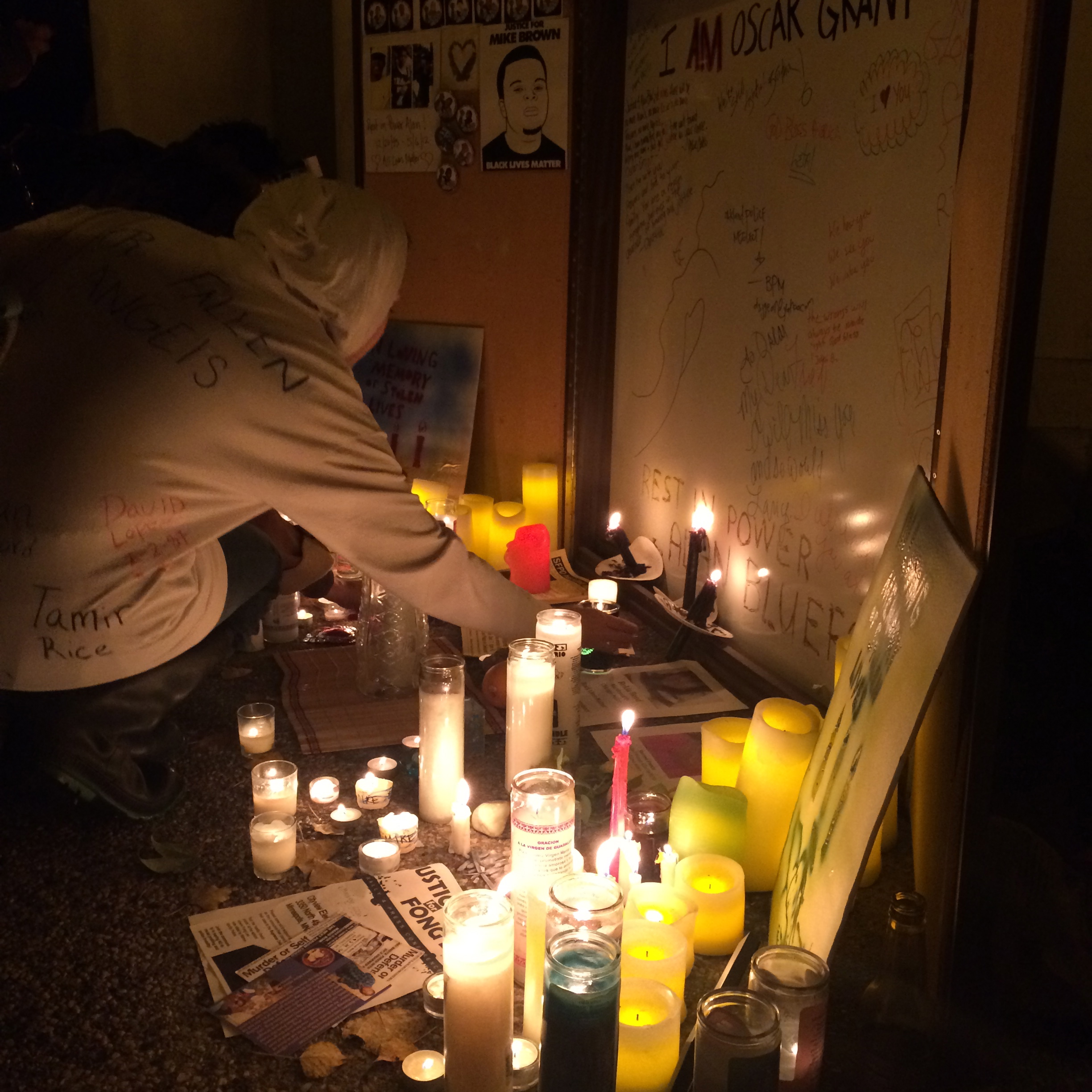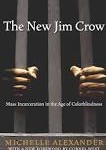“…the system of mass incarceration operates with stunning efficiency to sweep people of color off the streets, lock them in cages, and then release them into an inferior second-class status.” (The New Jim Crow, p. 103)
The War on Drugs has offered economic incentives to law enforcement agencies to further evolve toward punishment rather than protection. This has led to an increase of 1100% in incarceration rates – from 300,000 in the 1980s to over 2.3 million today – the militarization of local police forces, the rise of SWAT teams, and the increase in extrajudicial killings of citizens by police.
The United States incarcerates a larger percentage of its population than Russia, China, or Iran. In the mid-1970s, prison experts thought that prisons would would fade away, then came the War on Drugs and the Three Strikes laws, and now the prison industry is a booming, for-profit enterprise, supplying many corporations with manufactured goods and even farmed fish from prisoners who make from 50 cents to $1.25 per day.
The Gods of Justice
Turn your face toward the Gods and Goddesses of justice. They exist in their own rights and we summon them for a reason. We need justice. We need a sense of re-balancing, of equity, of right action and re-ordering.
Which God or Goddess do you have relationship with? Is it Tyr? Ma’at? Justicia? Amadioha? What do they teach you about justice? How is justice to be sought out and how is it best restored? What might justice look like?
What do your own observations teach you about justice? What has been missing from your picture? How can we better work as individuals and collectively to truly see injustice and help to bring things back toward greater balance?
Until we begin to grapple with these questions, the rates of incarceration and the tendency toward injustice will continue to rise.
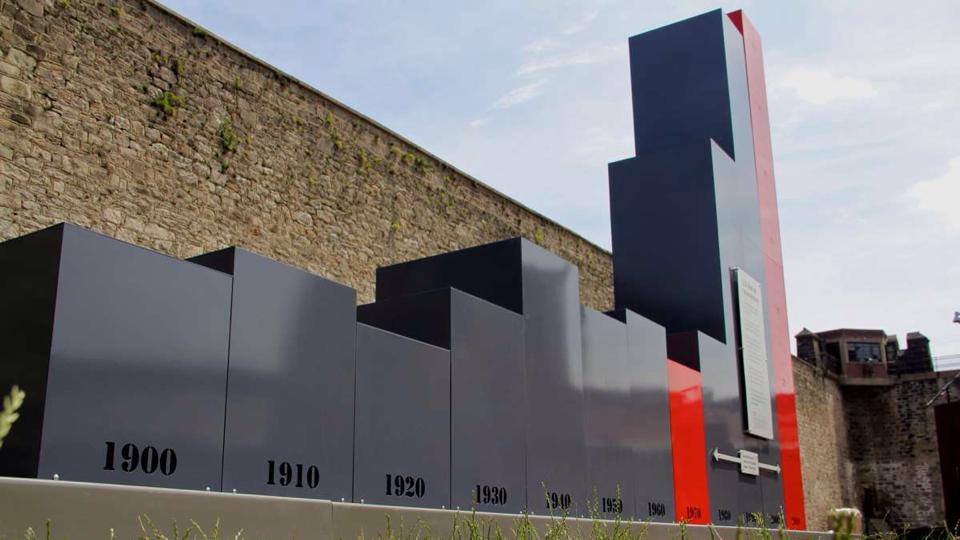
From The Big Graph text:
The expansion of the U.S. prison system in the past 40 years is truly historic in scale. For more than a century, the U.S. imprisoned between 100 and 200 people for every 100,000 citizens. That began to change around the time that Eastern State Penitentiary closed in 1970. New laws and longer prison sentences began to dramatically increase the prison population. Today the U.S. imprisons more than 700 people for every 100,000 citizens. This is the highest rate of incarceration in the world. Crime rates have gone up and down throughout these years. They are largely independent of the rate of incarceration.
The Myths of Mass Incarceration
Our society holds many stories and assumptions regarding the criminal and prison systems to be true. It takes some work to re-educate not only our minds, but our emotions, and lead them toward correct information, information that sheds light on our current problem and condition.
Here are some of the stories we tell ourselves, from the New Jim Crow Study Guide:
- Surging incarceration rates can be explained by crime rates;
- Most people cycling in and out of the criminal justice system are violent offenders;
- People of color are more likely to use and sell illegal drugs than whites;
- The drug war has been focused on rooting out violent offenders and drug kingpins;
- Most people charged with crimes are provided with meaningful legal representation; and,
- The U.S.Constitution’s guarantee of “equal protection under the law” protects racial minorities from bias in the criminal justice system.
None of the above myths are fact, yet their widespread acceptance has enabled our national community to deny or altogether ignore the truth about mass incarceration and its impacts across the United States.
In examining systemic injustice, it is incumbent upon those of us who study myth and honor story to examine the ways those myths affect our lives and the lives of those around us. Stories shape our behavior. We can, in turn, choose the stories that we tell. We can seek out stories filled with greater truth. We can write new stories that help us build toward love, honor, and justice.
Questions to ponder:
1. Main Myths
Many Americans are stunned to learn the facts about mass incarceration. Even in the hardest hit communities, people often blame themselves (or their children) for staggering arrest and incarceration rates. Did you believe any of the main myths that rationalize mass incarceration before you read The New Jim Crow?
2. Mainstream Media
How does the mainstream media portray our criminal justice system? How are “criminals” depicted? What voices are most frequently heard in news coverage of crime? Whose voices are missing? What are the images, ideas, and messages that have most influenced your beliefs and attitude about our criminal justice system?
3 Police Power
The Supreme Court has eviscerated constitutional protections against unreasonable searches and seizures, effectively giving the police license to stop and search anyone, anywhere, at any time. Did you know the law had changed in this way? Have you ever been the victim of a stop and search by the police on the street or in your vehicle? How many times? What did it feel like? If you have never experienced it, why do you think that is?
4. Who Benefits from the War on Drugs?
Alexander notes that many law enforcement officials— including conservatives—were not eager to jump on board with the War on Drugs, because local communities were more concerned about serious crimes such as murder, rape, and robbery. The Reagan administration overcame this initial resistance by offering millions of dollars to state and local law enforcement agencies that would boost the sheer numbers of drug arrests. What are some of the other benefits, besides cash, that this system provides to those who support it? Who benefits from the system as is, and who is harmed? Would changing the financial incentives be enough to end the system? Why or why not?
(all questions adapted from the NJC Study Guide)
Further reading:
__________________________________________________________
Welcome to the 6 month study group on Michelle Alexander’s The New Jim Crow: Mass Incarceration in the Age of Colorblindness. Discussion will take place in the comments. All comments will be monitored – only those clearly reading the book will have comments unscreened. Disagreement is fine. Incivility will not be tolerated. Subscribing via RSS and subscribing to comments is highly recommended. You may join the group at any time.
For more information on the study group, the reasons behind it, and resources for study, please read this linked post. Discussion on the Introduction and Chapter One are here.






